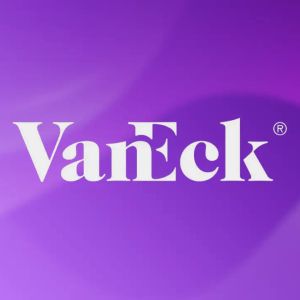Disclosure: The views and opinions expressed here belong solely to the author and do not represent the views and opinions of crypto.news’ editorial. Memecoins. They evolved from community experiments into extraction systems that exploit fundamental human greed. ”Life-changing wealth from one well-timed trade.” Behind this operates sophisticated machinery. Professional launches with hundreds of thousands of marketing dollars targeting the most susceptible demographics. Artificial time pressures override rational thinking and stimulate impulsive buying. Asymmetrical liquidity pools are designed for controlled price movement. Then, when sufficient retail capital enters, early participants exit. You might also like: The future of RWA tokenization: A call for standardized verification | Opinion Memecoin markets mathematically require more losers than winners. Without external value creation, profits must come from other participants’ losses. Of 1.7 million memes on Pump.fun, only 41 maintained a $1M market cap—a 99.998% failure rate by design. The information advantage A LIBRA’s scandal demonstrates this perfectly. Launched with initial, albeit later retracted, endorsement from Argentine President Javier Milei, LIBRA eventually collapsed and approximately 44,000 individuals lost $251M collectively, on-chain data from Nansen Research indicated. Research also showed that Jupiter Exchange knew about the project two weeks before the public launch. Portnoy reported being offered $30M to promote it. Every successful launch follows a consistent pattern: Inner circle : Developers and initial investors with complete launch information Connected players : Key opinion leaders who receive early information while often telling followers to “stay locked in” Technical participants : Users with specialized tools like sniper bots and bundler connections General public : Retail investors who typically gain access last, often buying near local price peaks The RWA alternative RWAs operate on fundamentally different principles. Their returns derive from asset productivity, not information advantages: Tokenized real estate generates rental income regardless of token trading. Infrastructure assets produce revenue through operations. IP creates royalty streams independent of market fluctuations. The critical difference is that memecoins derive value solely from what future buyers will pay; RWAs derive value from what the underlying assets produce. This enables a positive-sum model. If assets perform well, all participants potentially benefit. RWAs’ most transformative aspect is democratizing access to productive assets previously limited to institutions and the wealthy. Blockchain solves key limitations: Fractional ownership reduces minimums from millions to hundreds. Global access eliminates geographic restrictions. Programmable compliance streamlines regulatory requirements. Continuous markets improve liquidity for traditionally illiquid assets. The access revolution Information-advantage systems face structural limitations. Market cycles deplete willing participants as losers rarely return. Meanwhile, extraction infrastructure grows more sophisticated as the participant base shrinks. RWAs face different challenges: regulatory compliance, reliable oracles, custody solutions, and market development. But they connect to assets producing value independent of blockchain itself. Both systems will coexist. As BlackRock’s Fink noted, tokenizing real-world assets isn’t about eliminating speculation but improving how productive assets operate and who can access them. The infrastructure for RWAs has reached the necessary technical threshold for trillion-dollar markets. What remains critical is distribution—connecting these assets with investors. Read more: Tokenization beyond finance: Real-world assets will be crypto’s next engine | Opinion Author: Jose Pereira Jose Pereira is the executive director of Own, a blockchain built for tokenizing real-world assets, developed by Fasset. Before joining Own, Jose was a partner at Caerus.


















